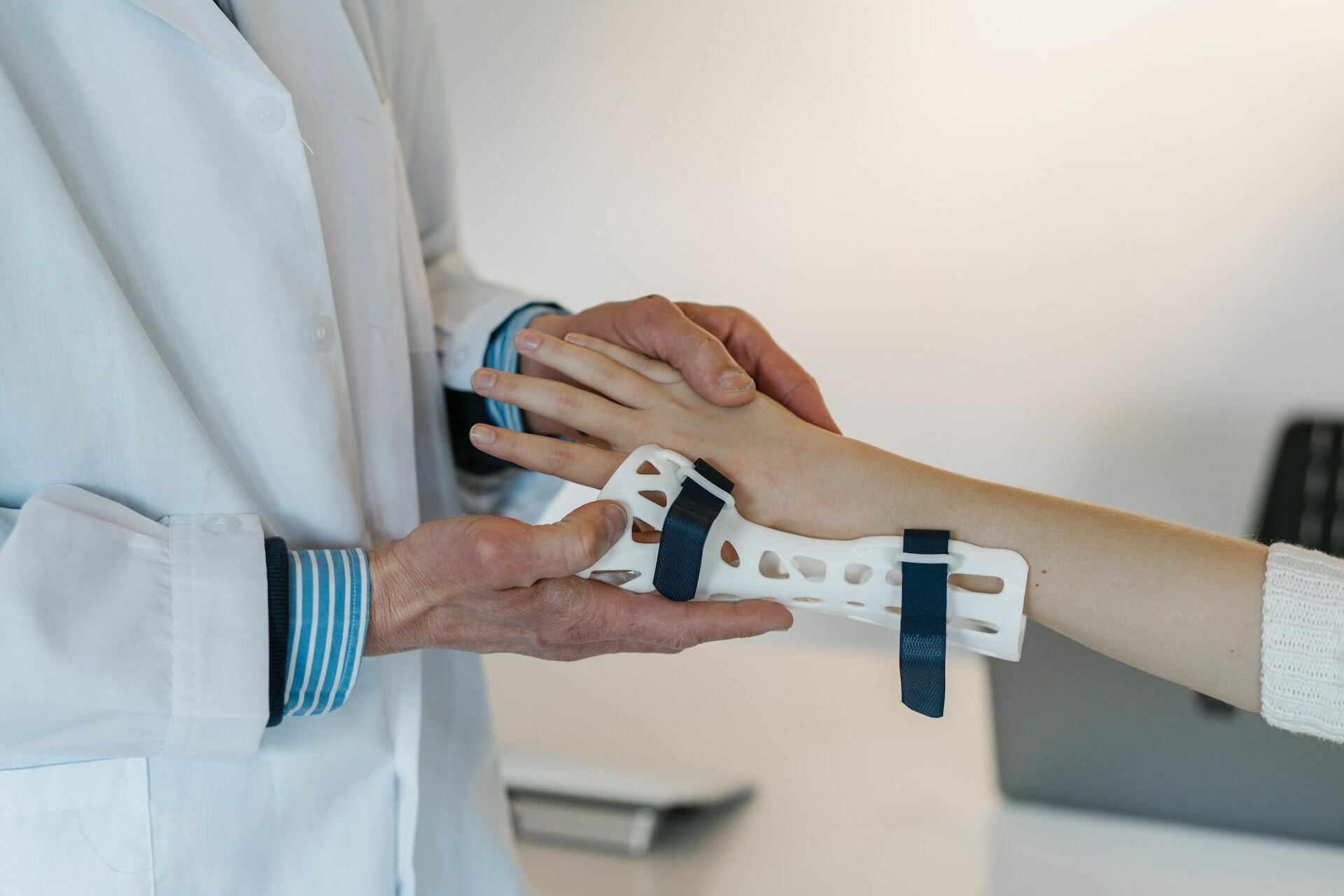The potential for 3D printing is almost limitless, and its power to help make the lives of our fellow humans better is immense. One of the most dramatic improvements brought about by 3d printing has come in the medical industry, where the design and creation of 3D prosthetics is in the process of revolutionizing the way that patients who need prosthetics can be helped.
One of the most immediate impacts of 3D printing on the prosthetics sector has been a dramatic cut in the cost of producing prosthetics.
As recently as 2018, the World Health Organization reported that there was a shortage of prosthetic devices of around 40 million, globally. Research suggests that as many as 100 million people are in need of prosthetic equipment, yet around 85% are unable to access the necessary support.
By cutting the cost of prosthetic limbs from thousands to hundreds of dollars, 3D printing enables health providers all over the world to meet the needs of patients more easily, and as the cost declines further, that will have a significant positive impact on the lives of millions.
As well as being much more cost efficient, 3D printing is also able to support a much higher level of customization and tailoring to the patient’s needs that was possible previously.
Before 3D printing, there was a limit on how far a prosthetic or orthotic device could be tailored to the individual patient, based on the manufacturer’s capabilities, and making adjustments was a time-consuming process.
3D printing allows healthcare providers to produce prosthetic devices that can be customized for comfort, flexibility, appearance according to the specific needs of the patient. Prosthetics can be lighter and more comfortable, and can incorporate unusual configurations, such as a stiff socket combined with flexible, foam-padded structures.
Of course, the process of creating a tailored prosthetic solution is also way quicker, as 3D printing removes the need to send devices back and forth to the manufacturer.
In 2023, there are thousands of projects underway around the world to utilize the benefits of 3D prosthetic and orthotic devices. Some of the most notable include:
- Open Bionics, which is producing 3D printed prosthetic hands to mimic natural actions.
- The global e-NABLE volunteer community producing prosthetic limbs for adults and children.
- Project Circleg which utilizes plastic waste to create prosthetic legs.
- The Alternative Limb Project, designing stylised and artistic prosthetics.
- Hands For Ukraine, producing 3D printed prosthetics for those injured in the war.
All these projects are in addition to the uptake of 3D printing in private and state medical institutions around the globe and are helping to transform how prosthetic and orthotic care is delivered.
While 3D printing has obvious benefits for prosthetics patients, healthcare bodies and doctors still face several challenges when using this technology:
- Quality and durability of printed materials may be lower than traditional prosthetics.
- 3D printed devices often require more maintenance in tough environments.
- Regulation and quality control of 3D printing varies hugely between nations.
- Ongoing legal and ethical arguments about intellectual property.
All of these challenges have the potential to hinder the delivery of high-quality 3D printed prosthetics to patients in need and will have to be overcome by developers and medical bodies at the same time as they push forward with new 3D printing developments.
Technology never stands still, and there are several exciting developments just over the horizon in the world of 3D prosthetics. For instance, the concept of bioprinting, which involves the printing of living cells and tissues, will have many applications, while smart materials, that can alter their properties in response to certain stimuli, have huge potential for prosthetics production.
The 3D prosthetics revolution is only just beginning, and its potential to improve the lives of tens of millions of people is enormous.


Recent Comments